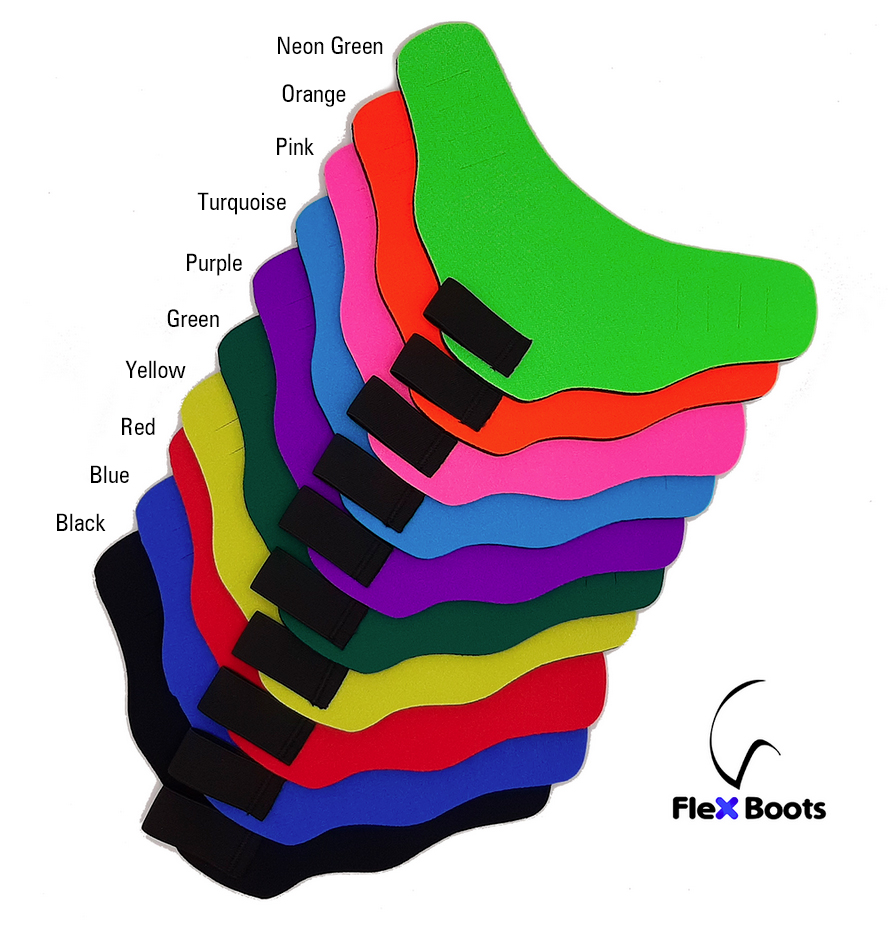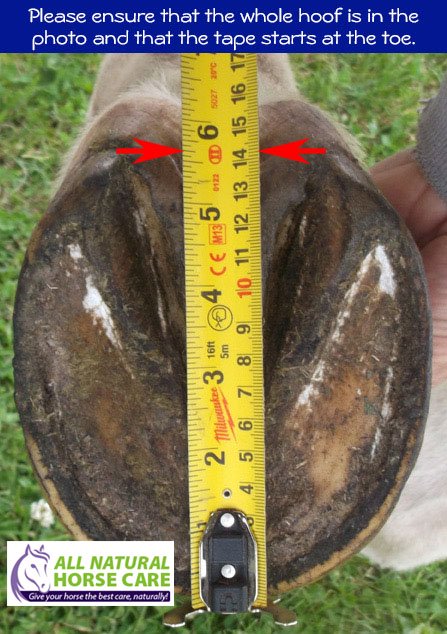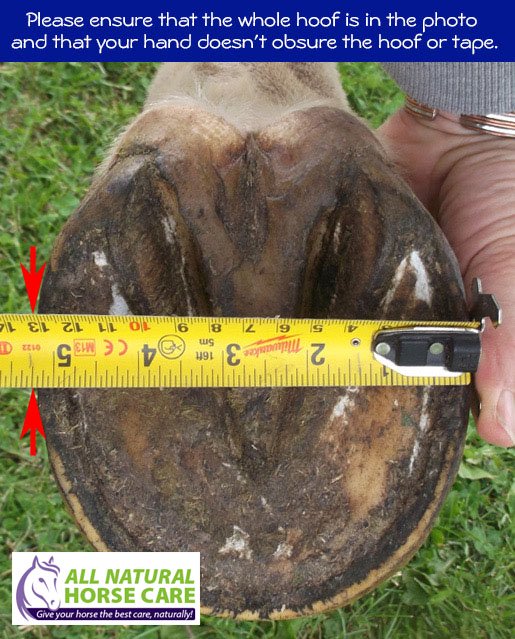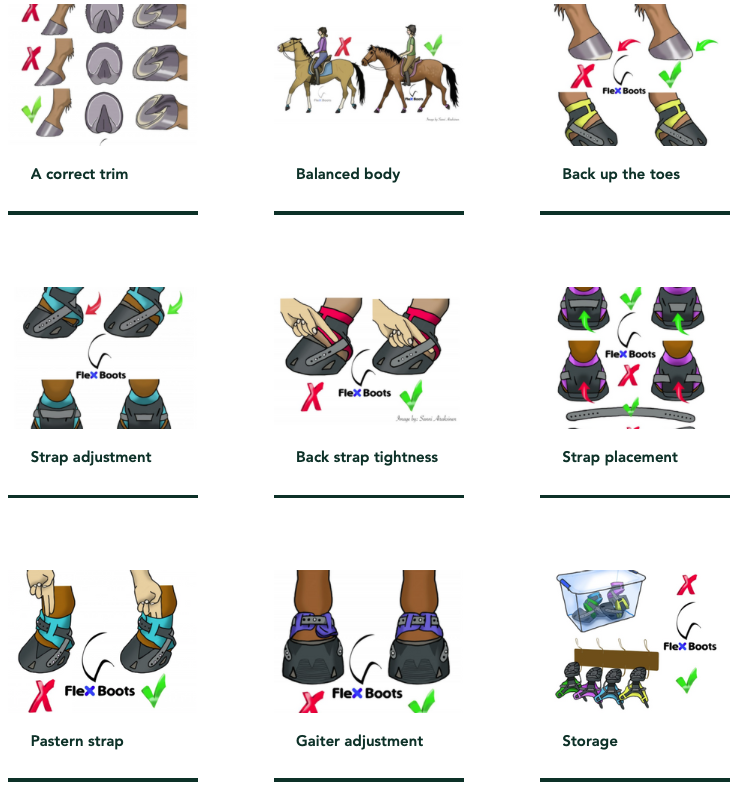Innovative Flex Hoof Boots for Barefoot Horses
Flex have designed a boot that improves the health of your horse's hooves every step of the way. Flex Hoof Boots are light and sleek, they are comfortable for the horse to wear and easy for the owner to use. And with the stylish boot design and choice of gaiter and strap colours, they look great too!
Try Flex Boots now, your horse will feel the difference and you will see it in his improved movement!
Flex Boots: the comfortable, softer hoof boot your horse will love to wear.
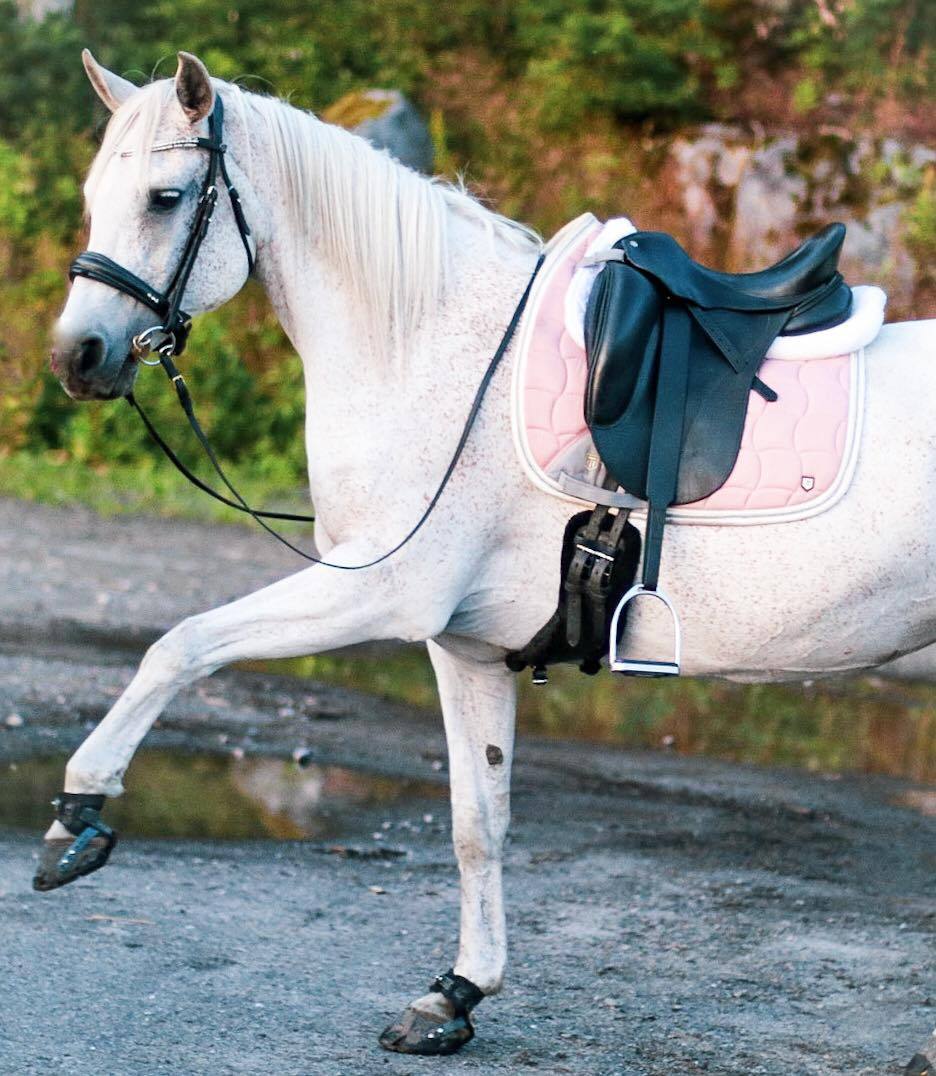
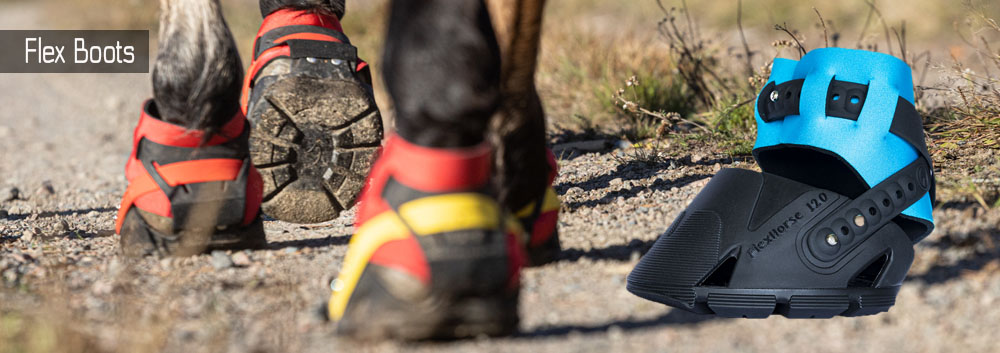
The Flex Hoof Boots are Unique
Softest on the market:
|
Protective gaiters:
|
Two adjustable straps:
| ||
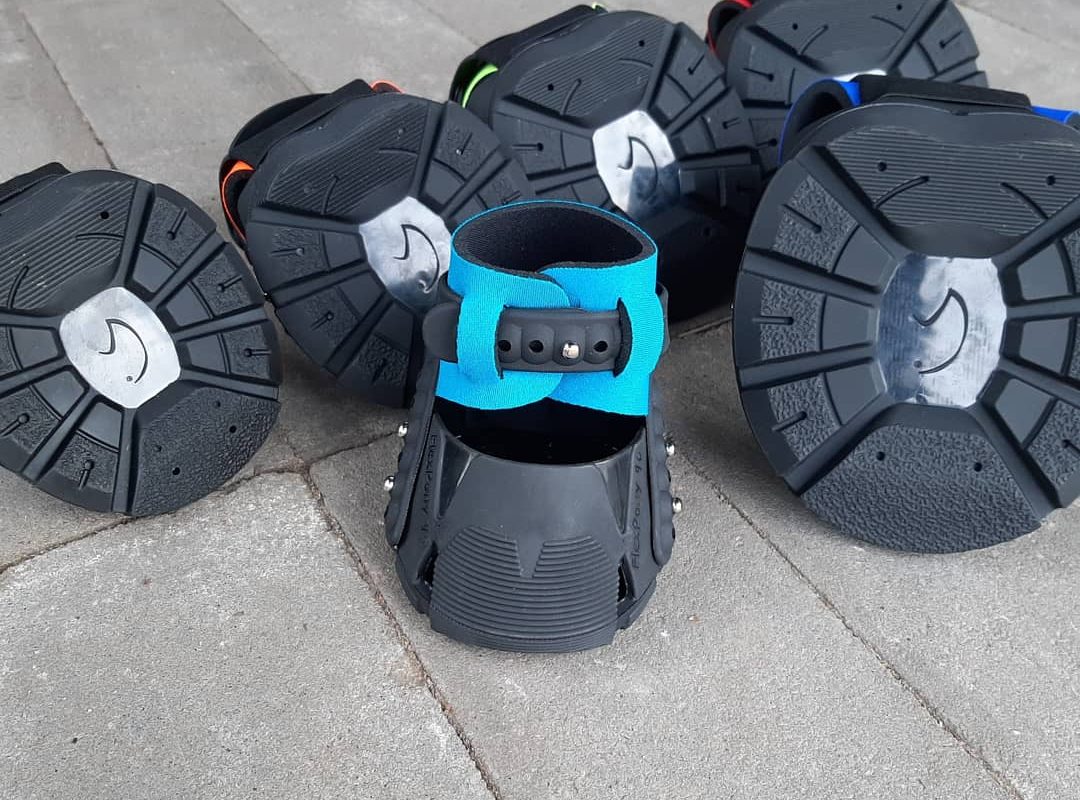 Softer boots are more comfortable and enable the horse to feel the ground better. |
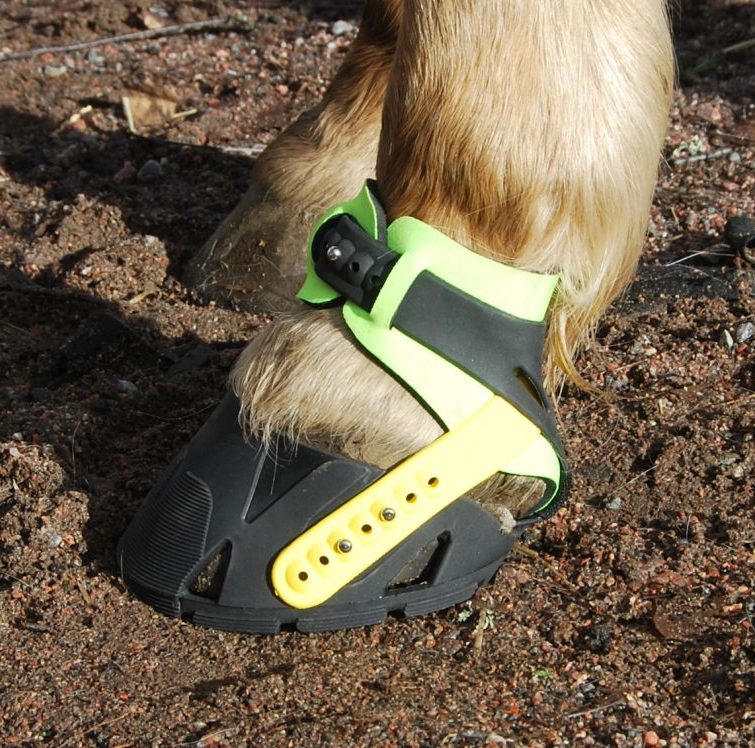 The gaiters are designed so that they prevent rubbing and help boots stay on. |
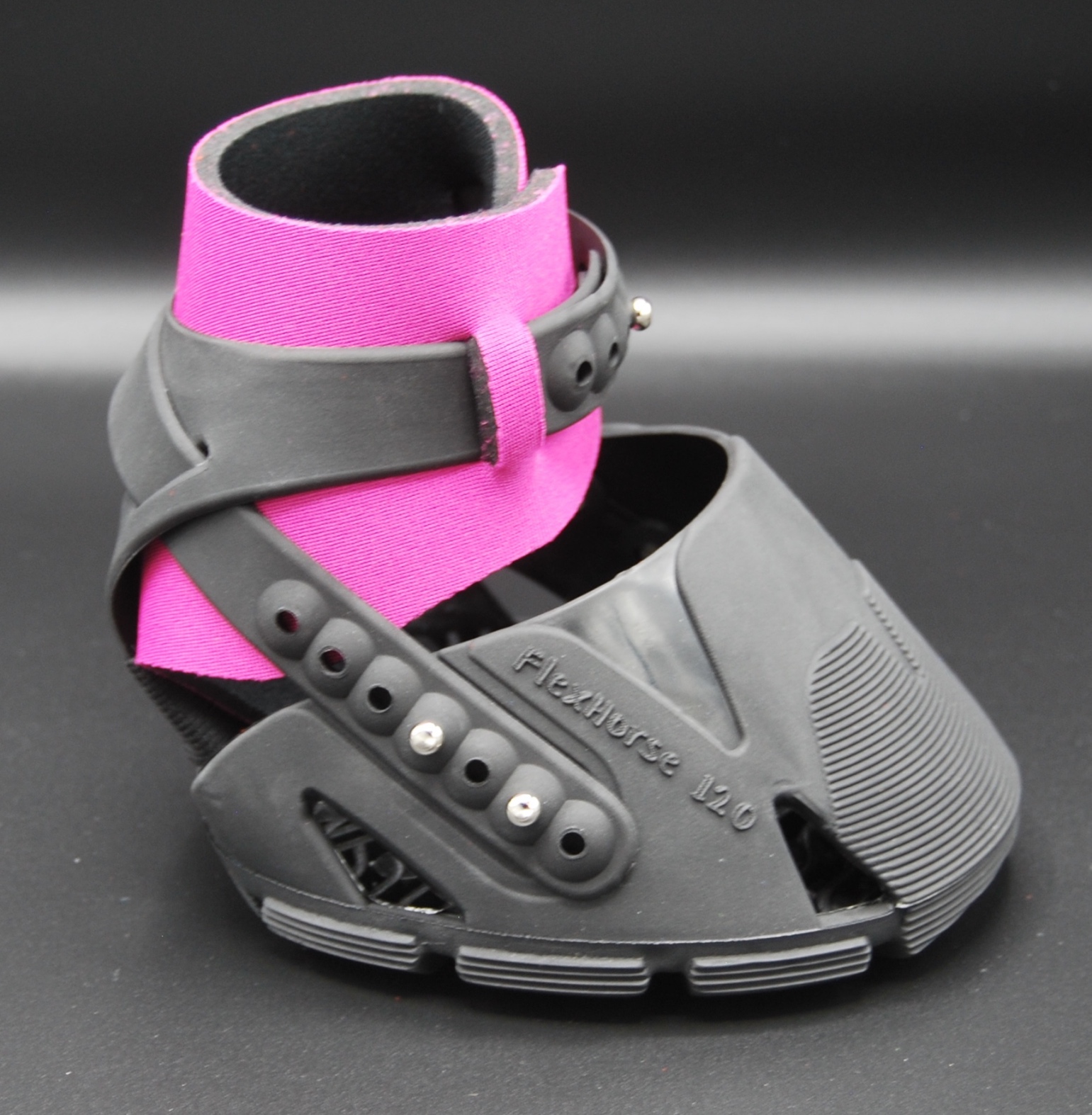 The two-strap design allows more fitting adjustments and makes boots more secure. | ||
Call for more information:
CAN: 250-397-2048 (PST)
US: 231-668-8750
How to get the Best Boot Size and Fit
|
Measure after a trim |
Length | |
|
Heel bulbs |
Width | |
|
Size post-trim |
Growth speed | |
|
Hoof shape |
Twist |
Choosing the Correct Size Boot
|
Measure your horse's hooves and compare the measurements to the chart below. Take the measurement a day or two after the hooves have been trimmed, and make sure to measure all four feet, as they may differ in size. Flex Hoof Boots do require an accurate fit, so I recommend that you take photo measurements (as shown) and email them to me so I can double check the sizing for you. |
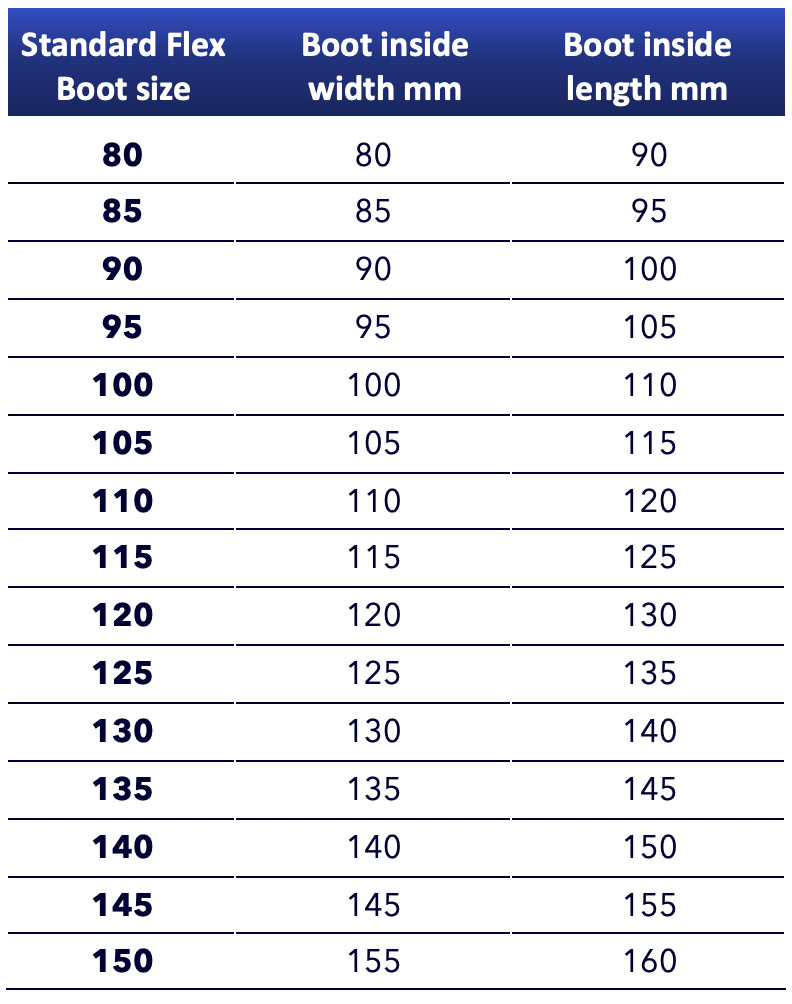 |
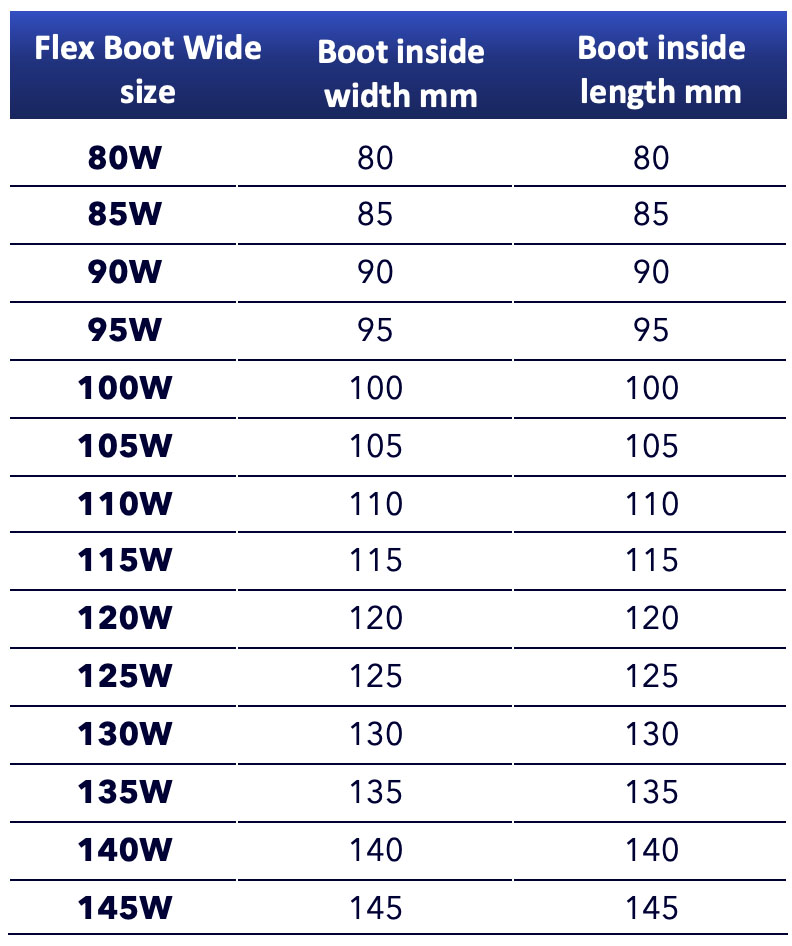 |
Call for more information:
CAN: 250-397-2048 (PST)
US: 231-668-8750
Accessories
The following accessories are available for the Flex Boots:
- Additional Gaiters
- Coloured back straps
- Flat Rivets - to replace the Ball Rivets on the inside of the boot if your horse moves close and pops the straps off.
- Studs
- EVA Foam Pads (soft and medium density)
- Strap extenders
- Replacement TPU gaiters and straps
Fitting and Adjusting the Flex Boots
Once you have chosen the right size boots for your horse, fitting them correctly is important for the comfort of your horse and longevity of the boots. That's why we have written extensive instructions to help you achieve the best fit for your horse. Click on the image below to download our printable fitting instructions.
Click here for FAQs
Call for more information:
CAN: 250-397-2048 (PST)
US: 231-668-8750
Flex Boot Videos
|
|
|
|
|
|
|
|
Call for more information:
CAN: 250-397-2048 (PST)
US: 231-668-8750
Return from Flex Hoof Boots to All Natural Horse Care home page



